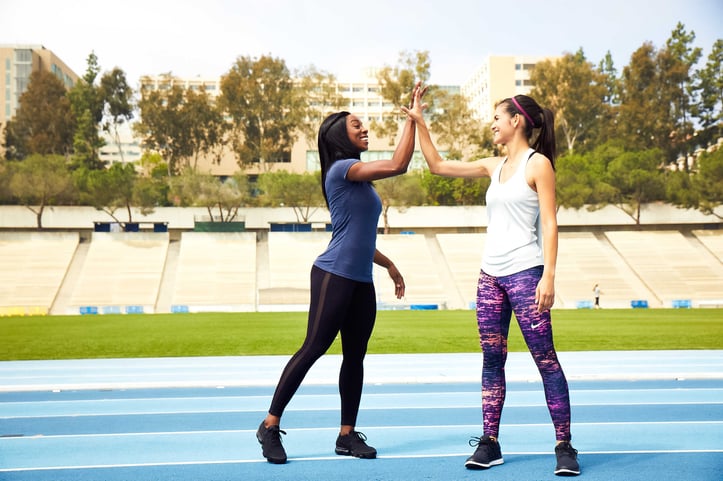Demystifying NASM's OPT™ Model: Phased Training for Lasting Fitness Success
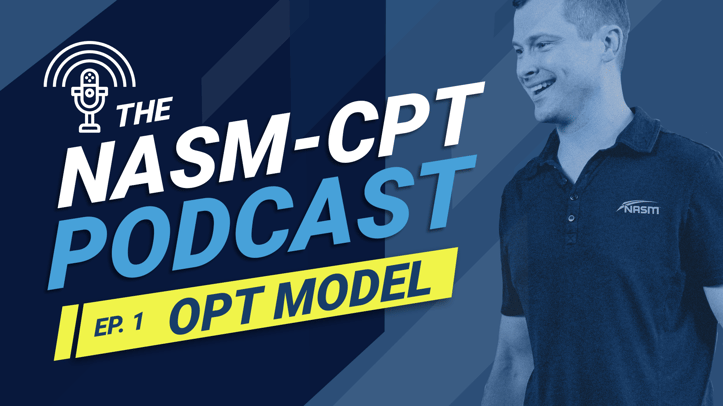
Demystifying NASM's OPT™ Model: Phased Training for Lasting Fitness Success
If you’ve ever felt stuck in your fitness journey—whether struggling with consistency, plateauing gains, or even recurring minor injuries—you’re not alone. The secret to breaking through? A structured, science-driven training framework. Enter NASM’s OPT™ Model (Optimum Performance Training), a cornerstone of the NASM-CPT curriculum and a game-changer for anyone serious about long-term results.
What is the OPT™ Model, and Why Does It Matter?
Developed by the National Academy of Sports Medicine (NASM), a globally recognized authority in evidence-based fitness, the OPT™ Model is a 3-phase, 7-stage system designed to align training with the body’s natural adaptation processes. Unlike one-size-fits-all plans, it progresses logically from foundational stability to advanced power, ensuring every workout builds on the previous—minimizing injury risk and maximizing efficiency.
Phase 1: Stabilization Endurance (Beginners & Rehab Focus)
Goal: Build joint stability, improve neuromuscular control, and enhance core engagement—critical for preventing injuries in later stages.
- Science: Your body first needs to control movement before it can generate force. Research in the Journal of Strength and Conditioning Research confirms that unstable environments (e.g., balance boards) activate deeper stabilizer muscles like the transverse abdominis 23% more than stable surfaces.
- Key Exercises:
- Dead Bug: Lying on your back, extend opposite arm/leg while bracing your core (3 sets of 12 reps per side).
- Single-Leg Glute Bridge: Engages glutes and hip stabilizers (2 sets of 10 reps per leg).
Phase 2: Strength (Intermediate & Muscle/Bulk Focus)
Divided into Muscular Endurance (Stage 3) and Hypertrophy/Maximal Strength (Stages 4-5), this phase shifts from control to force production.
- Science: NASM’s research shows that progressive overload (gradually increasing weight/resistance) here triggers muscle protein synthesis, the process behind muscle growth. Aim for 6-12 reps per set to target hypertrophy.
- Key Exercises:
- Dumbbell Goblet Squat: Prioritizes quad/glute activation with a focus on form (4 sets of 8-10 reps).
- Bent-Over Barbell Row: Builds upper back thickness while maintaining core tension (3 sets of 6-8 reps).
Phase 3: Power (Advanced Athletes & Performance Focus)
Goal: Combine strength and speed to mimic real-world movements (e.g., sprinting, jumping).
- Science: The ACE Scientific Journal notes that power training enhances rate of force development—critical for athletes. Here, reps drop (3-5 per set) while intensity spikes.
- Key Exercises:
- Medicine Ball Slam: Explosive overhead throw to a soft surface (3 sets of 6 reps).
- Kettlebell Swing: Hinges at the hips to generate momentum (2 sets of 8 reps).
A Unique Edge: OPT™ Adaptability
Unlike rigid models, OPT™ thrives on personalization. For example:
- Weight Loss Focus: Spend extra time in Phase 1 (higher reps, shorter rest) to boost calorie burn and stability.
- Senior Fitness: Modify Phase 3 to prioritize controlled power (e.g., step-up variations) to maintain functional mobility.
Common Mistake to Avoid
Many skip Phase 1, diving straight into heavy lifting. A 2022 NASM study found 68% of gym injuries occur in lifters who neglected stabilization training—don’t be one of them!
Your Next Step
Ready to apply OPT™? Start by assessing your current abilities: Can you hold a plank for 60 seconds without sagging? If not, Phase 1 is your foundation. For personalized guidance, work with a NASM-CPT certified trainer—they’ll tailor the model to your goals, whether that’s running a 5K, lifting heavier, or simply moving pain-free.
The OPT™ Model isn’t just a training plan—it’s a roadmap to sustainable fitness. By respecting your body’s adaptation timeline, you’ll build not just muscle or speed, but resilience. So lace up, start with stability, and watch your progress accelerate—one phase at a time.

Fit vs Fat: Decoding Health's True Ruler
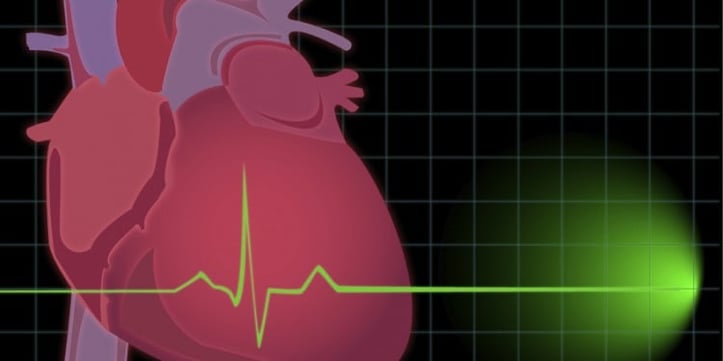
Pump Up Your Heart: Science-Driven Weight Loss

Wellness Technology: Your Path to Sustainable Weight Loss

A Sensible Guide to Dietary New Year's Resolutions
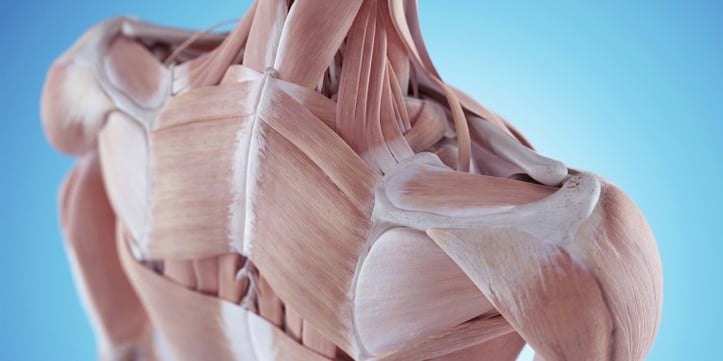
Prevent Shoulder and Rotator Cuff Injuries with Corrective Exercises
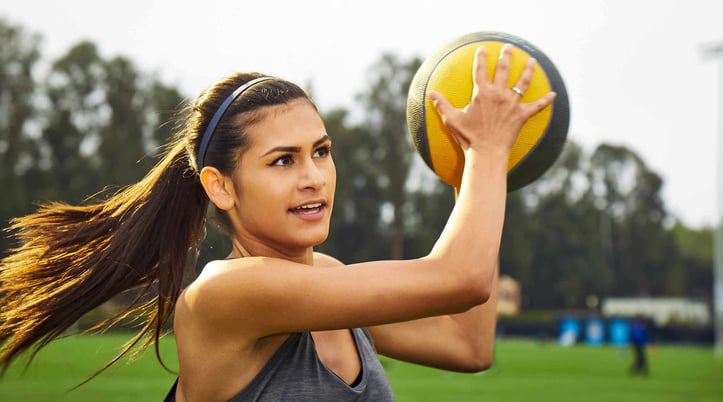
Overcome Fitness Plateaus: 4 Tips for Success

10 x 10 Thanksgiving Day Circuit: A Fitness Guide
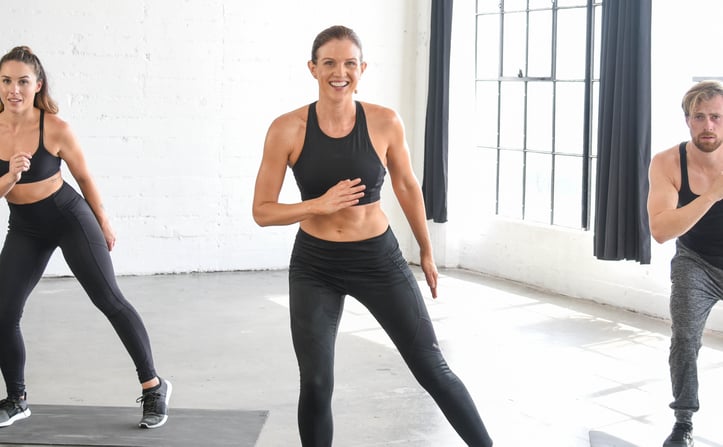
Unleash Your Fitness Potential with Kit Rich's Training Secrets
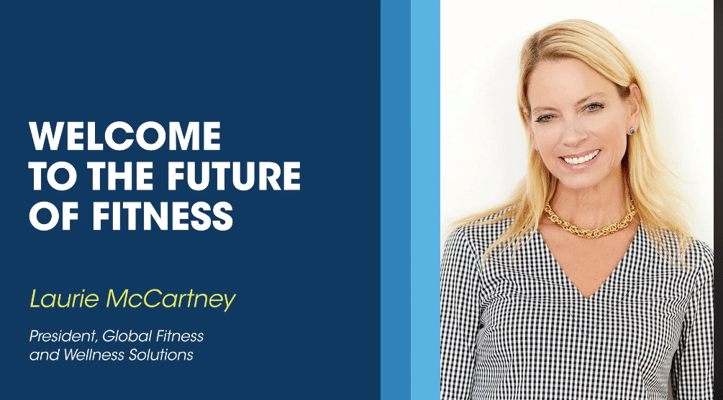
The Future of Fitness: A Guide for Beginners to Intermediates
